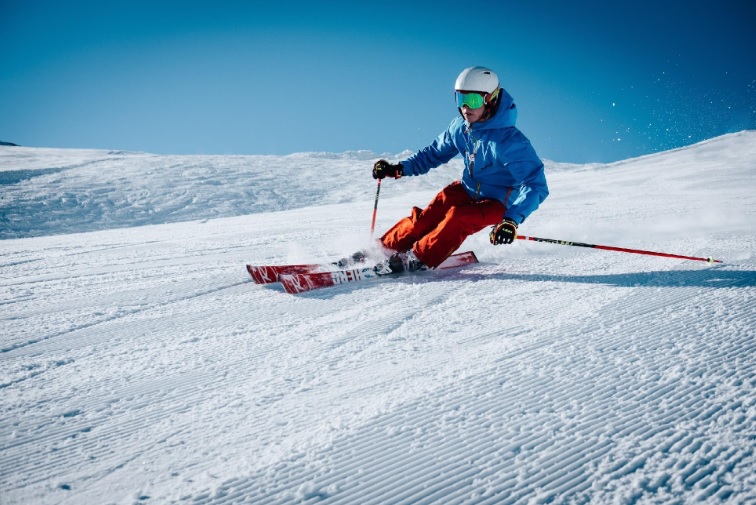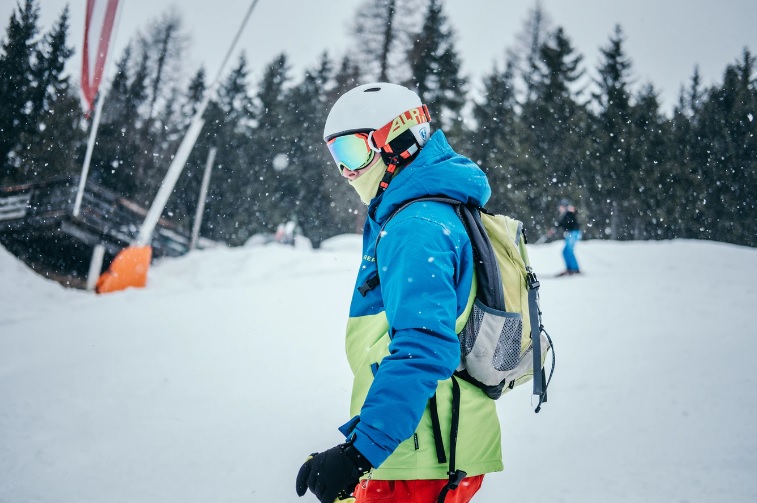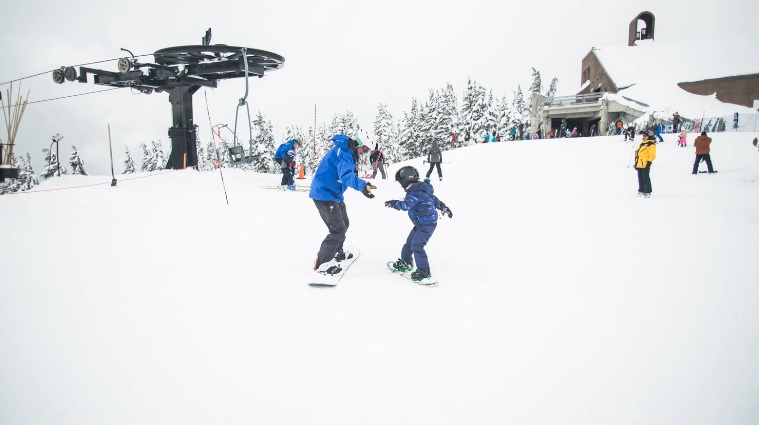Tips For Beginner Skiiers
Skiing is a fun spot to take up especially on a holiday trip or if you’re living in a country that has a mountainous landscape.
It requires patience to learn and takes a lifetime to hone your skills and improve even as a veteran. Many professionals and instructors still attend annual conferences to improve their skiing. If you’re starting to dive into skiing, take your time and know that it will be a journey of constant improvements.
Here are some great tips for you to start with. Don’t know where to go skiing? This ski and snowboard resort is great if you want to start skiing.
1. Keep Your Knees Bent
This is by far one of the most overlooked tips on the list. Many beginners often keep their knees straightened and soon question why they lose their balance and can’t control their skiing well. This trick helps you to force your center of gravity down to stabilize yourself and provides you a lot more control, preventing you from falling over easily. When you run into uneven pathways or bumps, your knees are able to absorb the sudden change in impact. Just imagine yourself standing up in a bus when you run into jerks or turns. Already bending your legs? Try to bend them to a greater extent to see how the magic works to provide you even more control. One way to check if you’re bending enough is to have your heels always within the heel cup in your boot.
SEE MORE: Planning Your Trip to Crete With Friends? What to Consider
2. Dress To Ski
Even if it’s your first time skiing, proper attire is important. Nobody wears jeans to play tennis, and that’s the same for skiing. You don’t need all the right gear and clothing to start learning how to ski but it will be a good idea to rent some items. First up, you will need skiing boots that are properly fitted to you. This directly impacts the quality of your skate and in this case your learning performance. Secondly, it’s highly recommended for you to get a pair of snow pants. Falling down in a pair of jeans will be one of the worst feelings as you’ll want to avoid having wet and cold legs. For practical reasons, wear snow pants to keep yourself warm and dry. This way, you can fully concentrate on learning how to ski instead of constantly thinking of heading back to your lodge to keep yourself warm. Thirdly, invest in a helmet, gloves, and goggles. You can choose to buy or rent them but these can help to protect you. Even if you’re very careful, you can’t completely trust that the people around you will be. The gloves will help keep yourself warm while the goggles prevent you from facing snow blindness. Many winter resorts do actually rent out items such as snow pants and helmets for just a small amount of money so give it a quick search online or call them up to check.
3. Fall Down Seven Times, Get Up Eight Times
Falling down is something that’s given when you’re picking up skiing. As a beginner, falling might seem scary or unexpected but it’s a part of the learning. As long as you aren’t skiing at too fast a speed, falling down isn’t as bad as we think it is. Snow is generally soft and won’t hurt as much as compared to falling on concrete or grass. There are also ways to help combat your fall if you lose your balance. For example, you can try to focus your weight to fall on your side instead of falling on your front or back.
This can help you prevent any potential twists or injuries. When you’re preparing for your fall, take steps to prevent yourself from sliding down the slope or hurting yourself from an impact on a hard object. In the end, always remember that it’s a process and we just have to get back up and try it again.
4. Start With The Right Kind of Terrain
Many huge resorts have several terrains for you to choose from. Yet, only one of two kinds of terrain will dominate a mountain. That’s why it’s important to ask around and do your research on what kind of terrain there is and find those with excellent grooming, family programs, and ski schools. These kinds of combinations will help propel you to have a steep learning curve!
5. Seek Help From The Professionals
Thousands of people seek help from organizations like the Professional Ski Instructors of America or the National Alpine Ski Training Center for some additional boost in learning the sport. By getting someone that’s experienced and trained, you will be able to have steeper improvements and more positive experience as compared to being completely independent in your learning. Trainers are able to observe you and tell you upfront what’s wrong with your posture or movements to better hone your technique. You’ll really want those hints to help you get started and communication is always easier when they are very clear on what’s wrong and the easiest way for you to learn. You don’t have to be a complete beginner to get help too as these instructors can help you improve in other more advanced techniques.
Conclusion
With this, we’re now ready to take on learning how to ski! While you keep your knees bent and remember all the tips, don’t forget to look forward. It can be dangerous when you’re constantly looking towards the floor as you might run into mini accidents with others.
By keeping your eyes ahead, you’ll even prepare yourself for bumpy terrains to know how to better react and focus on what to do next. Looking ahead will also help you to move more easily as you can direct yourself. Stay evenly balanced while you ski by keeping your legs right under your body and point your shoulders downwards. You’ll want to avoid back-seat skiing by leaning too far back. Make sure to have loads of fun. Skiing requires patience and it’s always better to motivate and encourage yourself to make this sport something you can keep enjoying with your peers.


